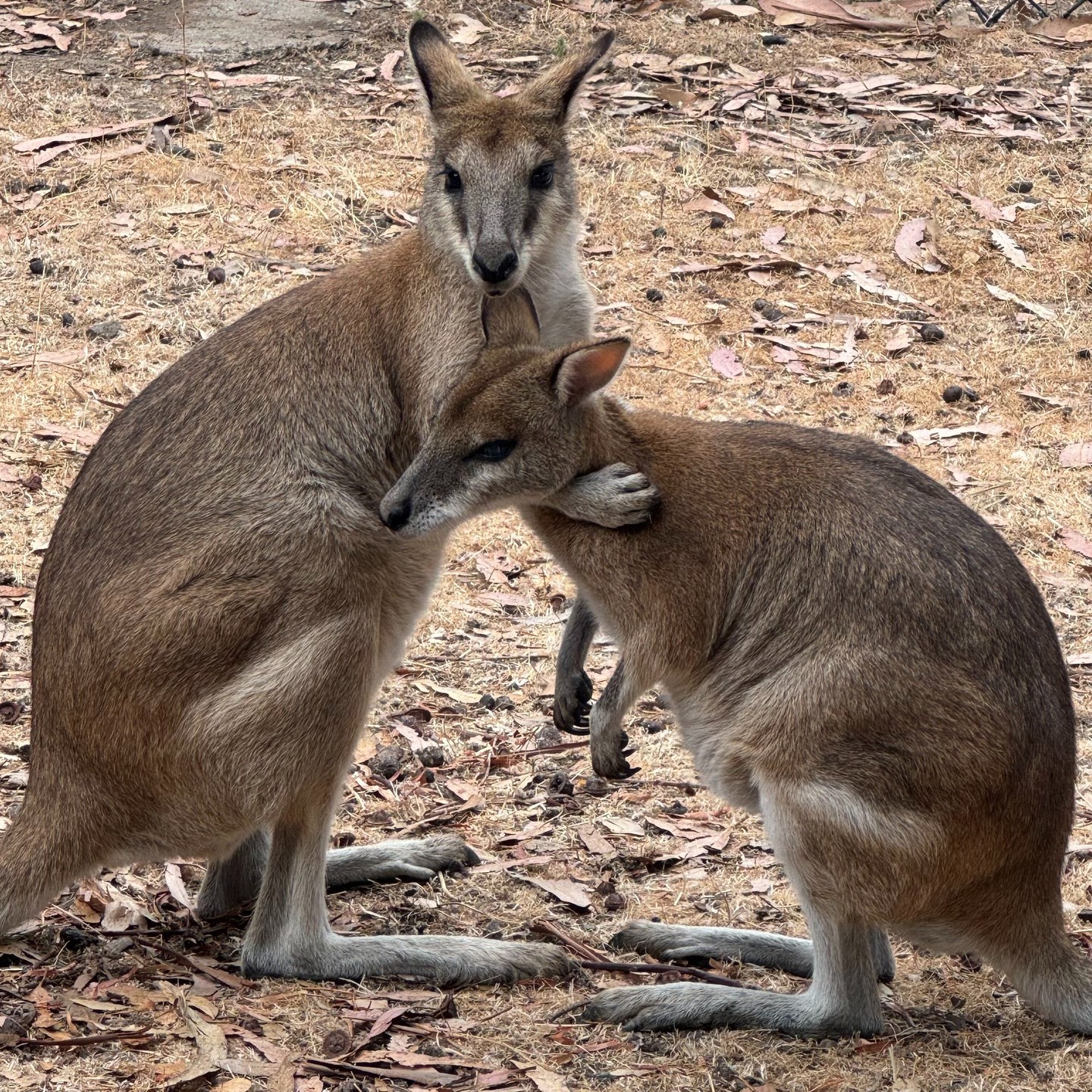- Keeper Andrea’s pivotal role in the Wallabros initiative
- The biology and natural habitat of Wallabros
- Conservation efforts for Wallabros led by zoos and wildlife organizations
- Innovations in zoo management and animal care
- The importance of public education and engagement in wildlife conservation
Keeper Andrea’s pivotal role in the Wallabros initiative is marked by dedication and expertise. Having a profound understanding of Wallabros and their care, Andrea’s interactions are characterized by patience, empathy, and a scientific approach. Her role is not just about maintaining the physical well-being of the animals but also involves understanding their behavioral patterns and social dynamics. Andrea’s knowledge base includes the evolutionary history of these marsupials, adaptation strategies, and dietary preferences essential for their health.
Wallabros, a species of wallaby, are native to the varied landscapes of Australia. These marsupials thrive in woodlands and grasslands, where they can find food and shelter. Their biology is fascinating and critical for conservation efforts. Wallabros have powerful hind limbs adapted for efficient locomotion, enabling them to escape predators. They graze on a variety of vegetation, which influences local ecology by promoting seed dispersion. Understanding their role in the ecosystem is essential, as it underscores the need for their conservation.
One significant aspect of Wallabros biology is their reproductive cycle. As marsupials, they give birth to underdeveloped young, which then continue to grow in pouches. This distinct reproductive strategy requires specific care conditions in captive settings to mimic natural environments. The lifecycle of Wallabros includes stages that are tightly linked to environmental cues, making climate considerations vital in their management.
Conservation efforts for Wallabros are multi-faceted. Zoos and wildlife organizations collaborate to create breeding programs aimed at maintaining genetic diversity. Keeper Andrea and other experts play crucial roles in these initiatives. They develop protocols that focus on health checks, nutritional plans, and behavioral enrichment activities. These activities are directed towards simulating natural behaviors that encourage Wallabros to thrive in their environments.
The challenges of Wallabros conservation are compounded by threats such as habitat loss and climate change. Organizations worldwide pool resources to implement conservation strategies, both in situ and ex situ. The preservation of habitats is achieved through effective land management and legal protections, while ex situ efforts involve captive breeding and research programs. Keeper Andrea’s contributions are prominent here, as she applies her knowledge to refine husbandry methods that ensure the success of these programs.
Innovations in zoo management and animal care have transformed how creatures like Wallabros are maintained. Modern zoos emphasize welfare, aiming to allow animals to exhibit natural behaviors. Technological advances facilitate this by offering sophisticated monitoring tools and biometric data analysis. Such innovations help caretakers like Andrea make informed decisions based on real-time data. Zoos have moved towards creating environments that mimic the natural habitats of animals, enhancing their quality of life.
Educational programs within zoos seek to raise public awareness about species like Wallabros. Keeper Andrea often participates in these initiatives by hosting interactive sessions and workshops. These events educate the public on the ecological importance of Wallabros and the consequences of biodiversity loss. Zoos employ diverse educational strategies, including virtual experiences and storytelling, to captivate different audiences. Such efforts aim to foster a deeper connection between people and wildlife, promoting conservation-oriented thinking.
Public education and engagement serve as the backbone of successful wildlife conservation. They are vital for establishing public support and raising awareness about environmental issues. Keeper Andrea exemplifies how skilled professionals can drive these efforts forward. Her engagement activities are designed to be informative and engaging, contributing to a broader understanding of conservation challenges. Educational outreach conducted by Andrea and her counterparts across zoos represents a proactive approach to preserving biodiversity by empowering the next generation of environmental stewards.
In summary, Keeper Andrea is instrumental in advancing the understanding and conservation of Wallabros. Her expertise in zoology and her commitment to animal welfare illustrate the vital role keepers play. Through conservation programs, management innovations, and education, she and her colleagues work tirelessly to protect this valued species. These efforts contribute to global biodiversity conservation, demonstrating the crucial interplay between scientific knowledge and public engagement.
*****
Source Description
Wallabros
📸: Keeper Andrea


